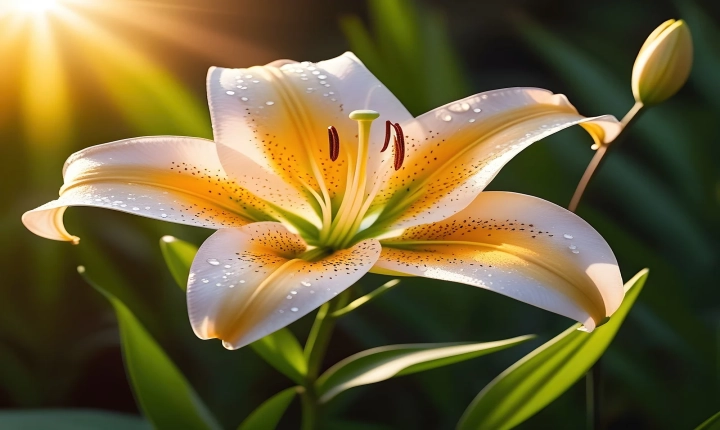Title: Protecting Art from AI: Preserving Creativity in the Digital Age
In recent years, artificial intelligence (AI) has made significant advancements in the realm of creating art. From generating music and composing poetry to producing visual artworks, AI has demonstrated its capability to mimic human creativity. While the rise of AI in the art world presents exciting possibilities, it also raises concerns about the protection and preservation of human artistic expression. As AI continues to blur the lines between human and machine-generated art, it is crucial to explore strategies to safeguard and nurture genuine creativity in the digital age.
The Role of Copyright and Intellectual Property Laws
One of the fundamental ways to protect art from AI is by reinforcing the existing legal frameworks around copyright and intellectual property. These laws aim to safeguard the work of artists and creators by granting them exclusive rights to their creations. However, as AI becomes more proficient at generating art, it poses a challenge to traditional copyright laws. For instance, who should be regarded as the creator when an AI system generates an artwork? Should the AI, the programmer, or the owner of the AI system be considered the rightful owner? These questions highlight the need for legislative updates and regulatory clarity to address the complexities arising from AI-generated works.
Promoting Human-Centric Artistic Expression
Amid the proliferation of AI-generated art, there is a growing appreciation for the unique experiences and emotions that human artists bring to their work. Human-created art often reflects personal narratives, cultural influences, and societal perspectives, fostering a profound connection between the creator and the audience. To protect human artistic expression from being overshadowed by AI-generated art, it is essential to emphasize the value of authenticity, creativity, and emotional depth embedded in human artistry.
Encouraging Discerning Consumption and Dialogue
As AI-generated art gains prominence, there is a need to cultivate a discerning approach to appreciating and evaluating artwork. Encouraging discussions about the differences between art created by humans and AI, as well as the ethical considerations surrounding AI-generated art, can foster a deeper understanding of the implications of these advancements. By engaging in critical dialogues, art enthusiasts, collectors, and professionals can play a role in preserving the integrity of human creativity and ensuring that the art world remains a space for genuine expression and innovation.
Investing in Platforms for Human-Centric Art
Supporting platforms and initiatives that prioritize human-centered art can also contribute to the protection of artistic expression in the age of AI. By investing in exhibitions, galleries, and digital spaces that showcase and promote the work of human artists, stakeholders can reinforce the significance of human creativity. These platforms can serve as avenues for celebrating and preserving the diversity, emotion, and cultural richness inherent in human-created art, offering a counterbalance to the influx of AI-generated works.
Fostering Ethical AI Use in Art Creation
Furthermore, fostering ethical AI practices in the creation of art is crucial for maintaining the integrity of artistic expression. This involves establishing guidelines and principles for the development and use of AI in art generation to ensure that it respects and complements human creativity rather than undermining it. By prioritizing responsible and transparent AI development, creators and technologists can mitigate the risk of AI overshadowing human artistry, thus preserving the authenticity and soulful nature of human-created art.
In conclusion, as AI continues to redefine the landscape of art creation, it is imperative to take proactive measures to protect and preserve human artistic expression. By reinforcing legal protections, emphasizing the value of human artistry, nurturing critical discourse, investing in human-centric platforms, and prioritizing ethical AI use, the art world can uphold the significance of creativity rooted in emotion, experience, and culture. In doing so, we can ensure that the advent of AI in art does not detract from the timeless and irreplaceable essence of human creativity.
